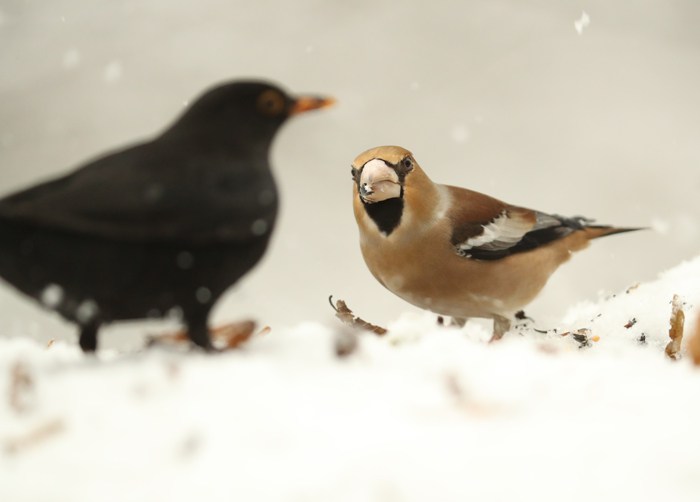 May has been a busy month, both politically and on the farm. But the headline has to be the glorious weather, which has been creating as many problems as it solves.
May has been a busy month, both politically and on the farm. But the headline has to be the glorious weather, which has been creating as many problems as it solves.
Last month was more typical of June or July, with higher than average temperatures and prolonged spells of dry weather, enabling the backlog of planting to proceed apace. May is synonymous with growth and crops that started the month behind the curve more than caught up and, in some cases, the flag leaf came out early. And so this the topsy-turvy season continues…
Ironically where many crops had sat in heavy, waterlogged soils for weeks over the winter and early spring, the long awaited drier weather arrived in the extreme. In my part of Shrops several wheat crops are struggling where the ground has rapidly baked around them. The weeks of rain had knocked the structure for six, leaving plants with poorer root systems now stuck in a brick, struggling for air and nutrients. Some local later-planted wheat is in flag and would barely reach the top of your wellies. The single aim of any annual plant is to set seed before they die so the speed some crops are rushing through their growth stages is a reflection of the stress they’re under.

The hawfinch is the UK’s jargest finch and is on the RSPB Red List. Wildlife artiist Robert E Fuller snapped this shot as a reference for his paintings.
In other areas crops are looking really well and almost blue with a healthy nitrogen bloom to their leaves. It highlights the part soil health plays in buffering the effects of extremes in weather, something the industry rather grandly terms resilience. It’s the perfect spring to easily identify fields which are struggling without the need for any high-tech equipment, and earmark them for a good look after harvest. With soil health information to hand you can then consider its management and ask, ‘how can I do this better?’
As farming moves into the digital age, maintaining a growing medium that can support the crop when the going gets tough is going to be all the more important, potentially making the difference between profitability and the lost yield potential that equates to a financial loss. Without this fundamental ability to buffer weather conditions, which are the single most uncontrollable factor in crop production, the ability to farm more precisely and the benefits that should bring may be largely negated.
May also marked the announcement we’re to lose our most precise way of delivering insecticides, the neonicotinoid seed treatments. It was a decision made prior to the outcome of the proceedings in the kangaroo court, oops I mean the European Court of Justice. It’s hard to see how forcing farmers into the situation where their only option is likely to be multiple overall applications of insecticide can be a positive move, where that alternative even exists, particularly since non-target friendly insects will suffer. Aren’t these a food source for birds, amongst many other things?
Which leads me on to another beef that there’s a public perception that farmers are single-handedly destroying the UK’s population of farmland birds. Judging by the tweeting coming from the farming community last month on this very subject, it’s something that rankles many of us. Road building, spreading urbanisation, more cars, air pollution, the weather, even cats all probably have a far bigger impact on wildlife and the environment than the highly regulated industry that seems to cop the blame.
No one’s better placed than agronomists and farmers to report what’s actually going on in their fields, so why won’t anyone believe that farmland birds are actually doing ok? More importantly why wouldn’t we care about the countryside which is our office and home?
As I write this, I’m sitting in my office to a cacophony of bird song, the cuckoo is announcing spring in the nearby wood and red kite are soaring above a neighbouring field. A crow is dive-bombing a buzzard and a woodpecker has just been hammering like mad on the timber frame of my house (perhaps not a good sign). My garden would have been a twitcher’s paradise earlier this year had they known it had become home to a flock of hawfinches, but fortunately I kept it to myself…
Based in Ludlow, Shrops, CPM technical editor Lucy de la Pasture has worked as an agronomist. @Lucy_delaP




